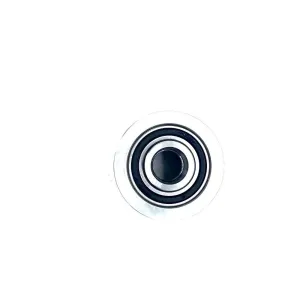92,029
October 26, 2023, 4:48 PM
Analysis of global natural rubber production and consumption data in August 2023
Yield data analysis

According to the monthly data report of the Global Natural Rubber Association (ANRPC), global natural rubber production in August 2023 was 1.377 million tons, up 4.2% from 1.321 million tons in 2022. Despite the increase in production, Malaysia and Sri Lanka have cut their production this year to 366000 tonnes and 73000 tonnes, respectively. As a result, global NR production for 2023 was revised in August to 14.888 million tonnes, an increase of 2.0 per cent over last year.

Compared with the monthly output of natural rubber in July and August, the monthly growth of natural rubber production continued to be stable, with an increase of 8.1% in August compared with the previous month. Although production grew at a relatively slow 4.2 per cent in August from a year earlier, production in most countries showed positive growth this month.
In recent years, in Africa, C ô te d'Ivoire accounted for 82%, Liberia 9%, Nigeria 5%, and Cameroon 4%. According to the plan, the National Association of Rubber producers, processors and sellers Nigeria (NARPPMAN) estimates that large-scale rubber cultivation will generate income of about US $640000 in direct employment and 160000 indirect jobs as service providers. NARPPMAN plans to expand 160000 hectares of rubber plantations in 24 Nigerian states over the next 10 years.
Consumption data analysis

According to the monthly data report of the Global Natural Rubber Association (ANRPC), global natural rubber consumption in August 2023 was 1.297 million tons, up 0.23 percent from 1.294 million tons in July and 0.93 percent higher than the same period last year. After Vietnam cut this year's consumption to nearly 500000 tonnes in August, global NR demand forecast for 2023 has fallen to 15.562 million tonnes.

Compared with July, global NR demand rose 0.2 per cent to 1.297 million tonnes in August from 1.294 million tonnes in July. China's demand accounts for 44% of global market consumption.
China's manufacturing purchasing managers' index rose 0.4 percent to 49.7 percent from July to August, indicating an improvement in manufacturing activity. The production index and the new orders index rose 1.7 percentage points to 51.9% and 0.7 percentage points to 50.0%, respectively, according to the National Bureau of Statistics. The China Association of Automobile Manufacturers (CAAM) reported that wholesale car sales in China rose 8 per cent to 2.58 million units in August. Sales momentum has been boosted by promotions and discounts by carmakers, as well as government-funded stimulus packages. In addition, sales of new energy vehicles rose 39 per cent to 5.37 million, accounting for nearly 30 per cent of total car sales in the local market. Car production has also increased by 7 per cent so far this year, and exports have risen 62 per cent to 2.94 million, including 727000 new energy vehicles.
India is the second-largest consumer of NR, and its car industry is one of the most important demand drivers in the country. The number of passenger cars sold in August rose 9.4 per cent to 359228, compared with 328376 in August last year. Unit sales in the auto industry rose 3.5% to 1.99 million from 1.92 million in the same period last year.
Note: the statistics of global natural rubber consumption are based on the latest data and are for reference only.














